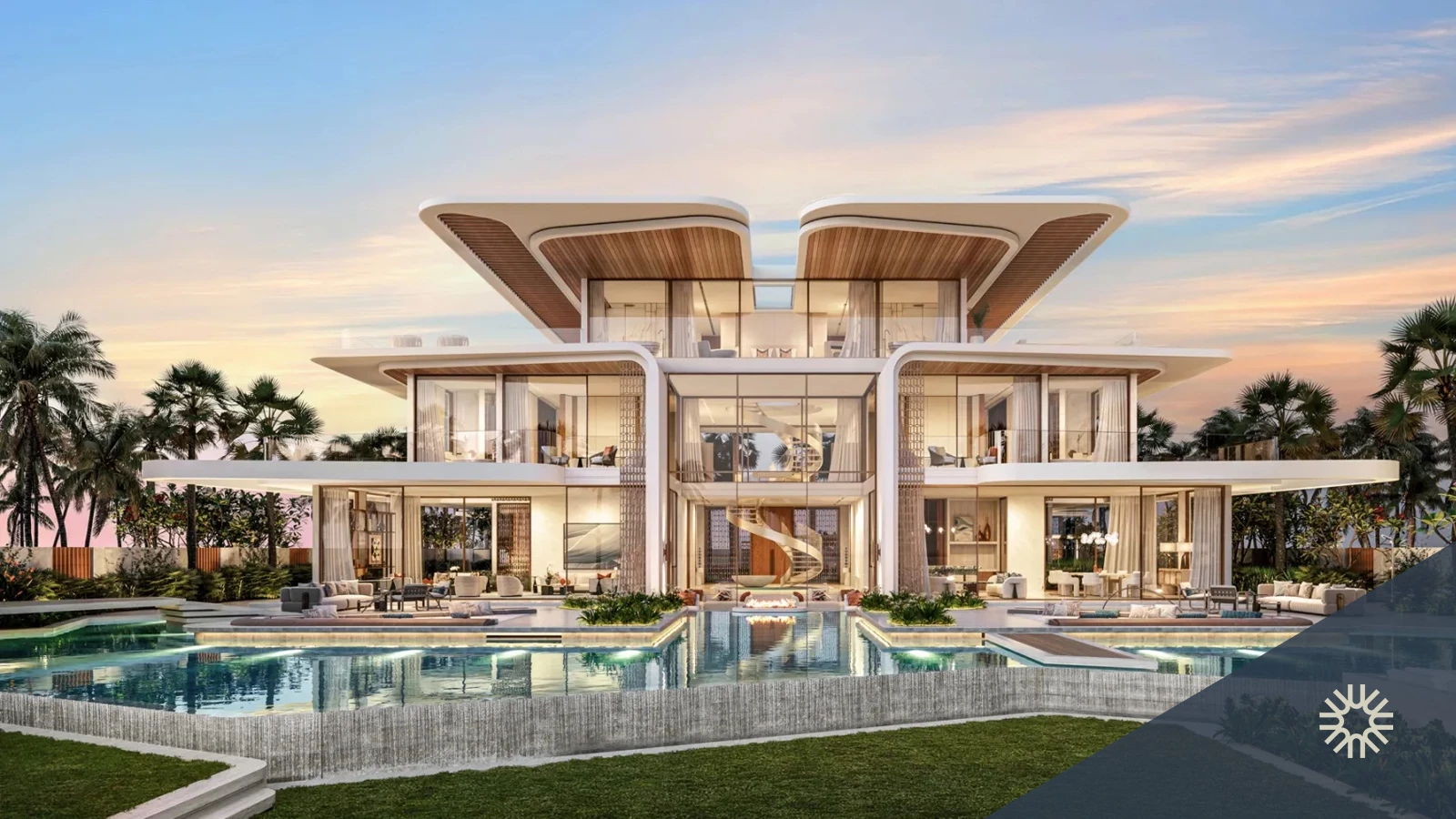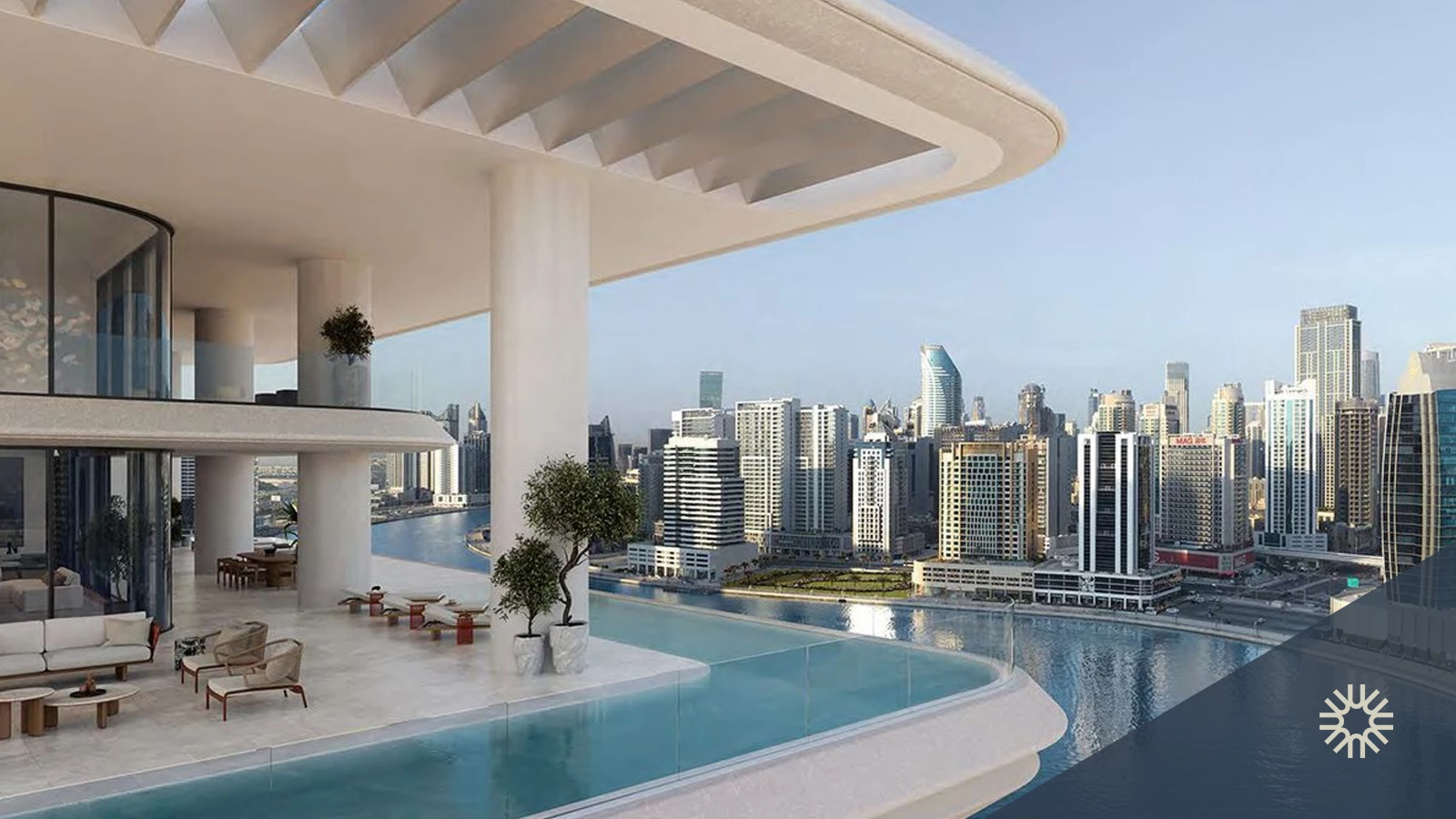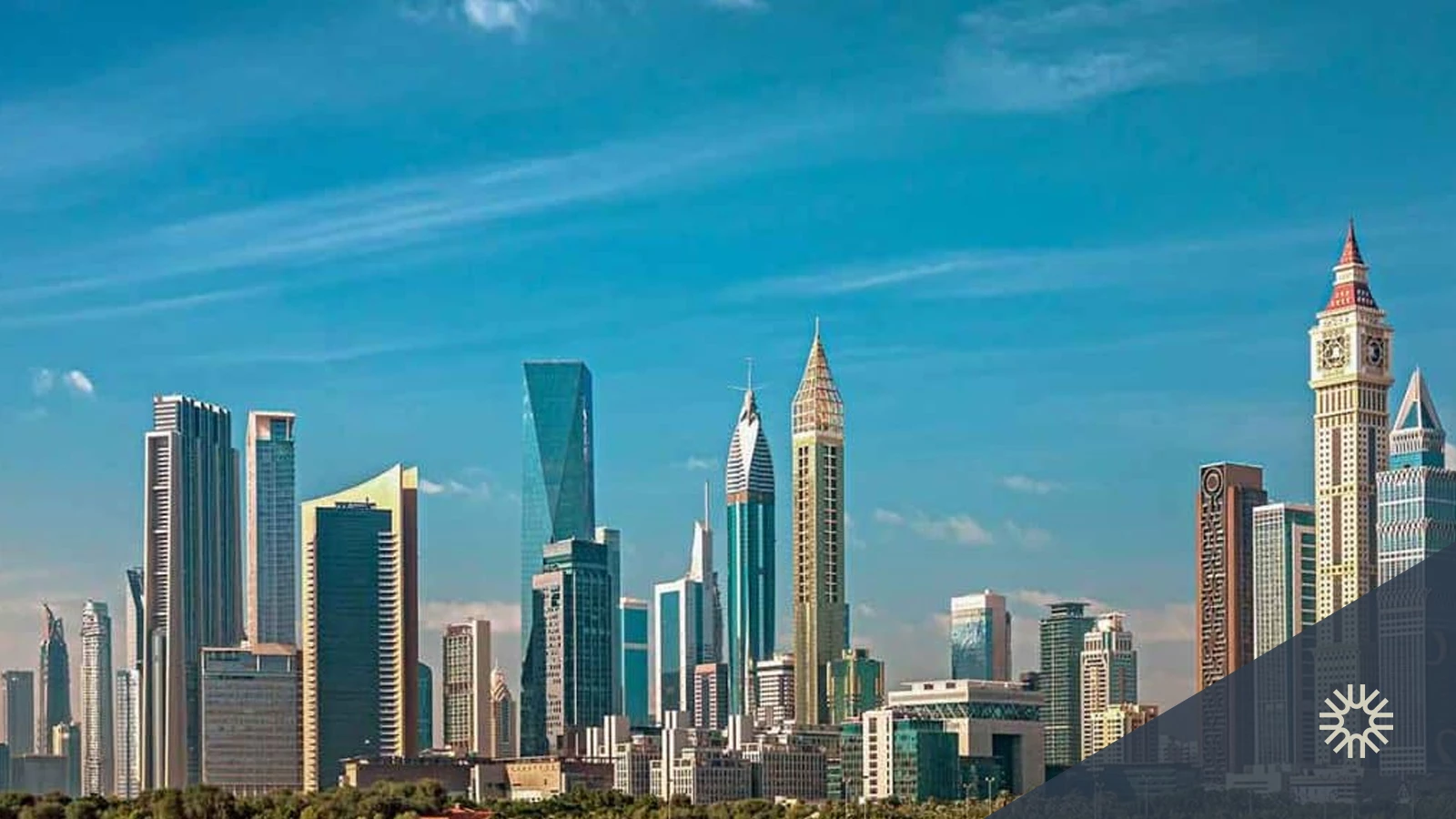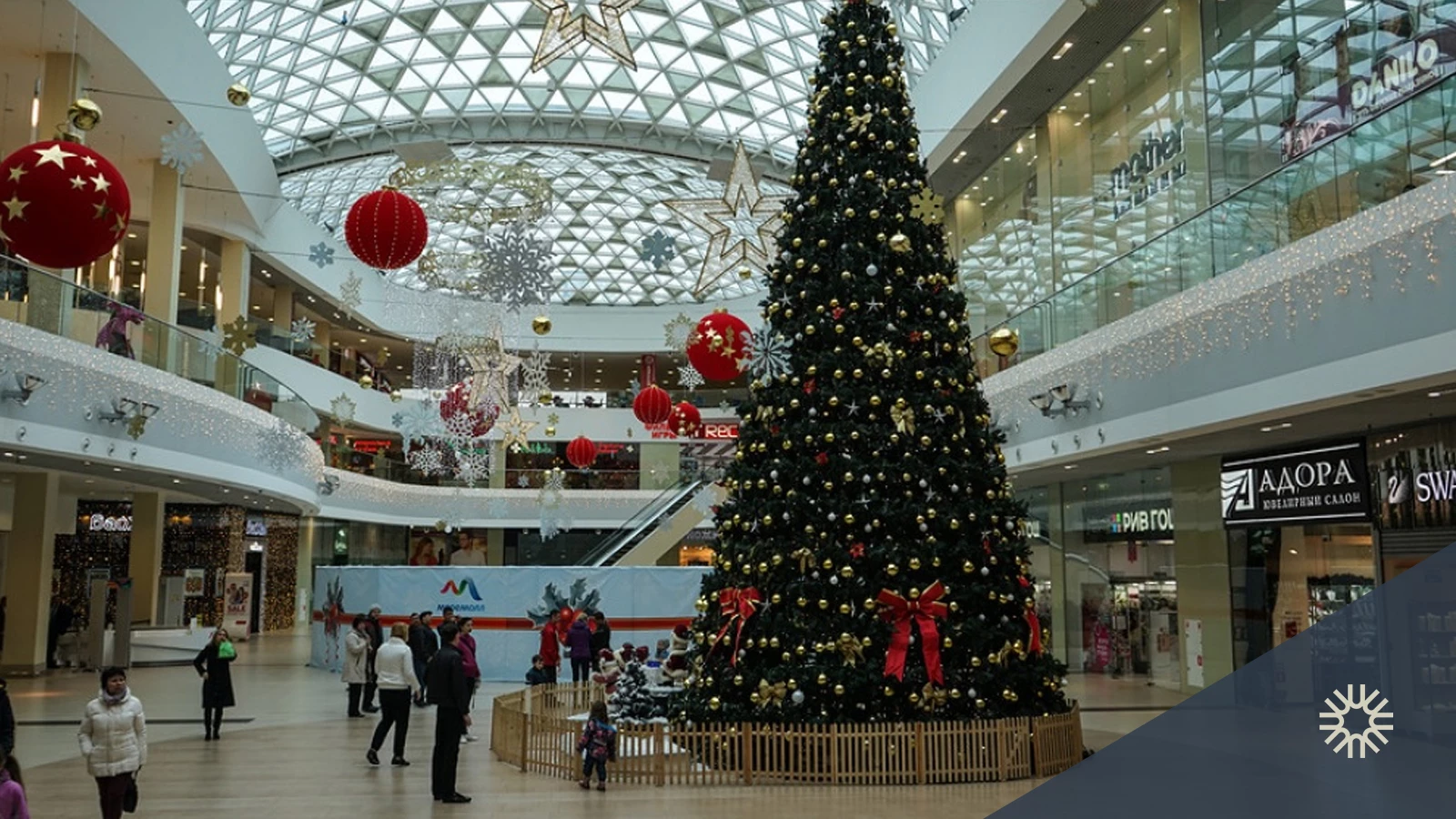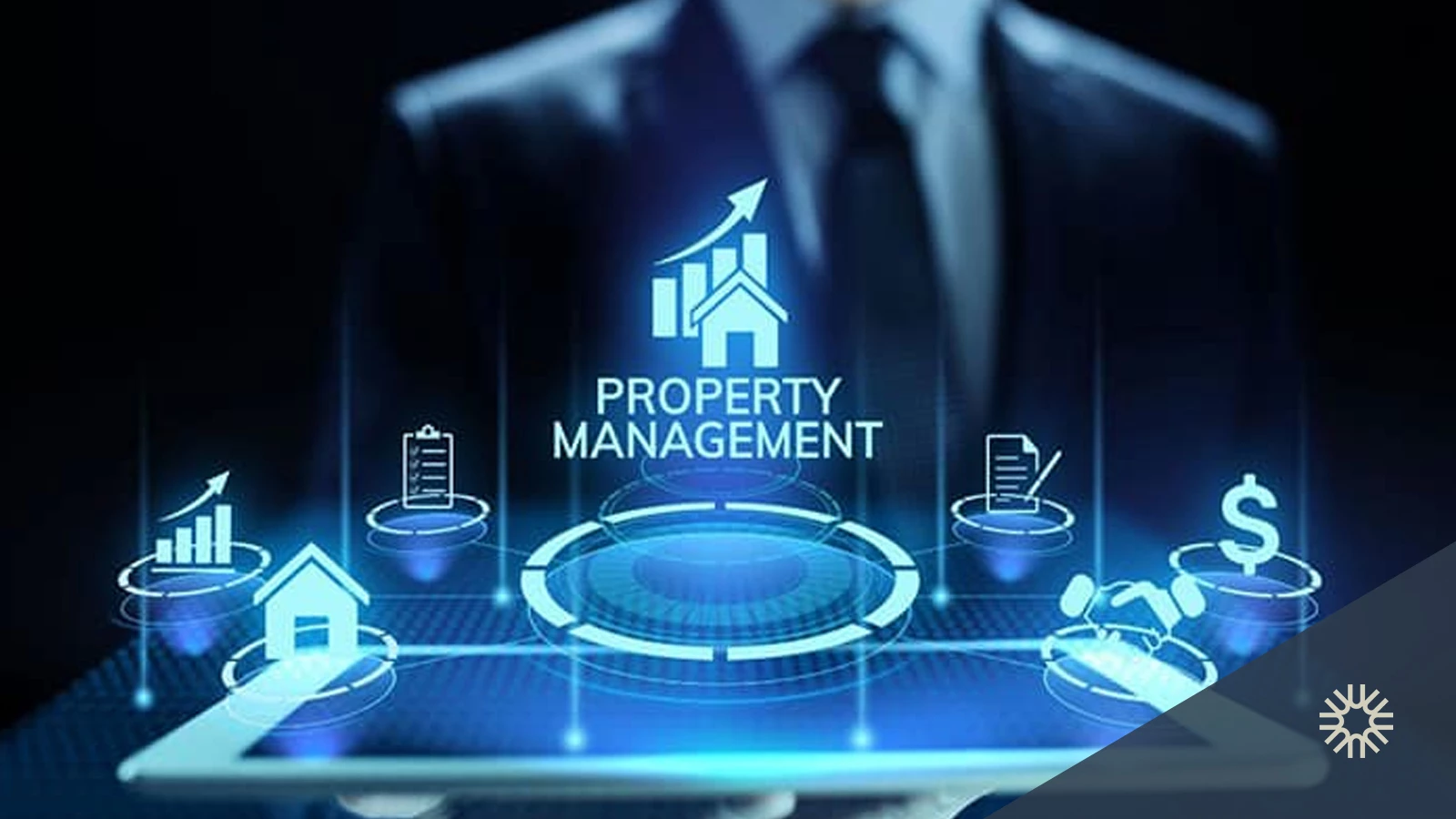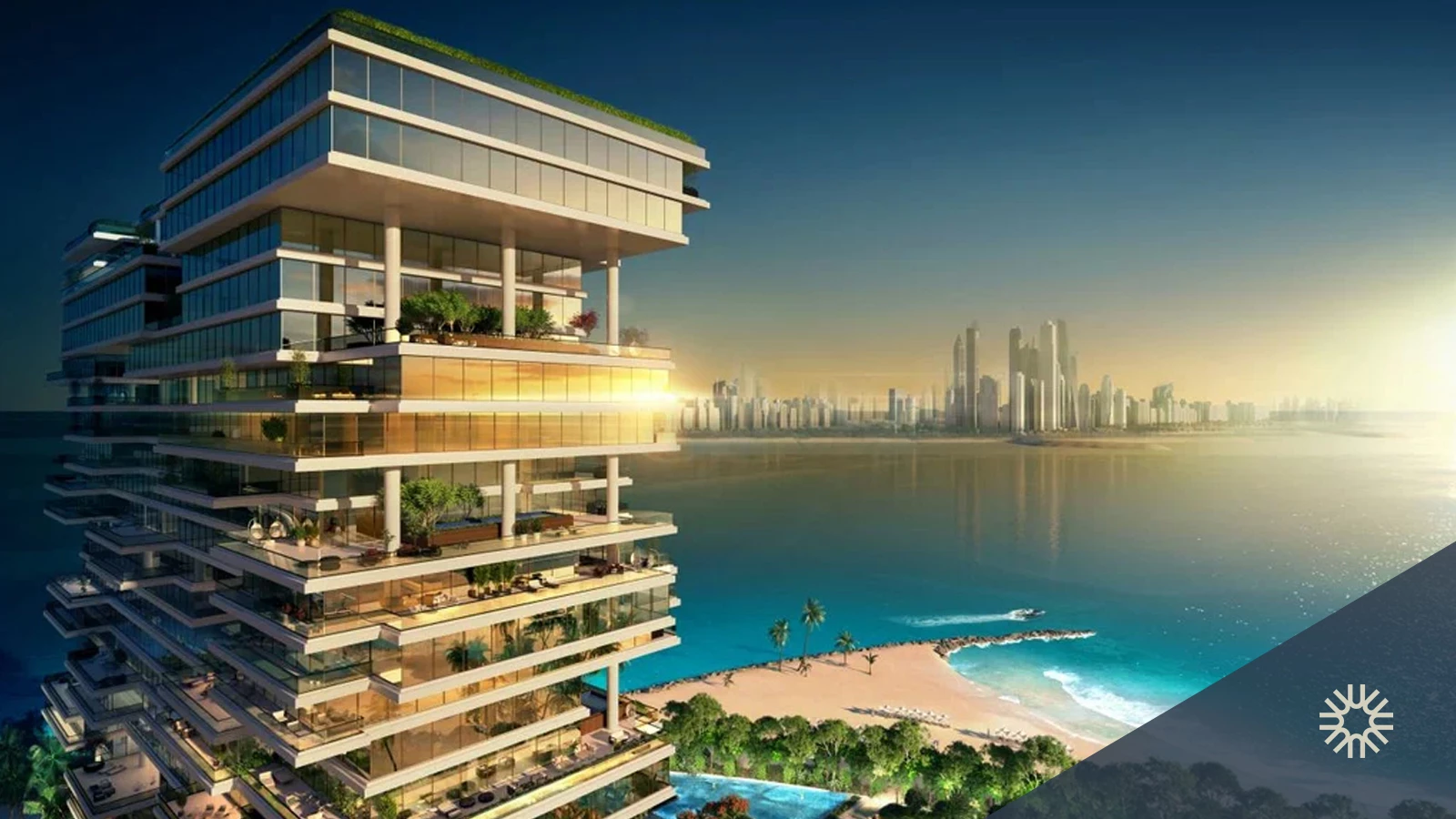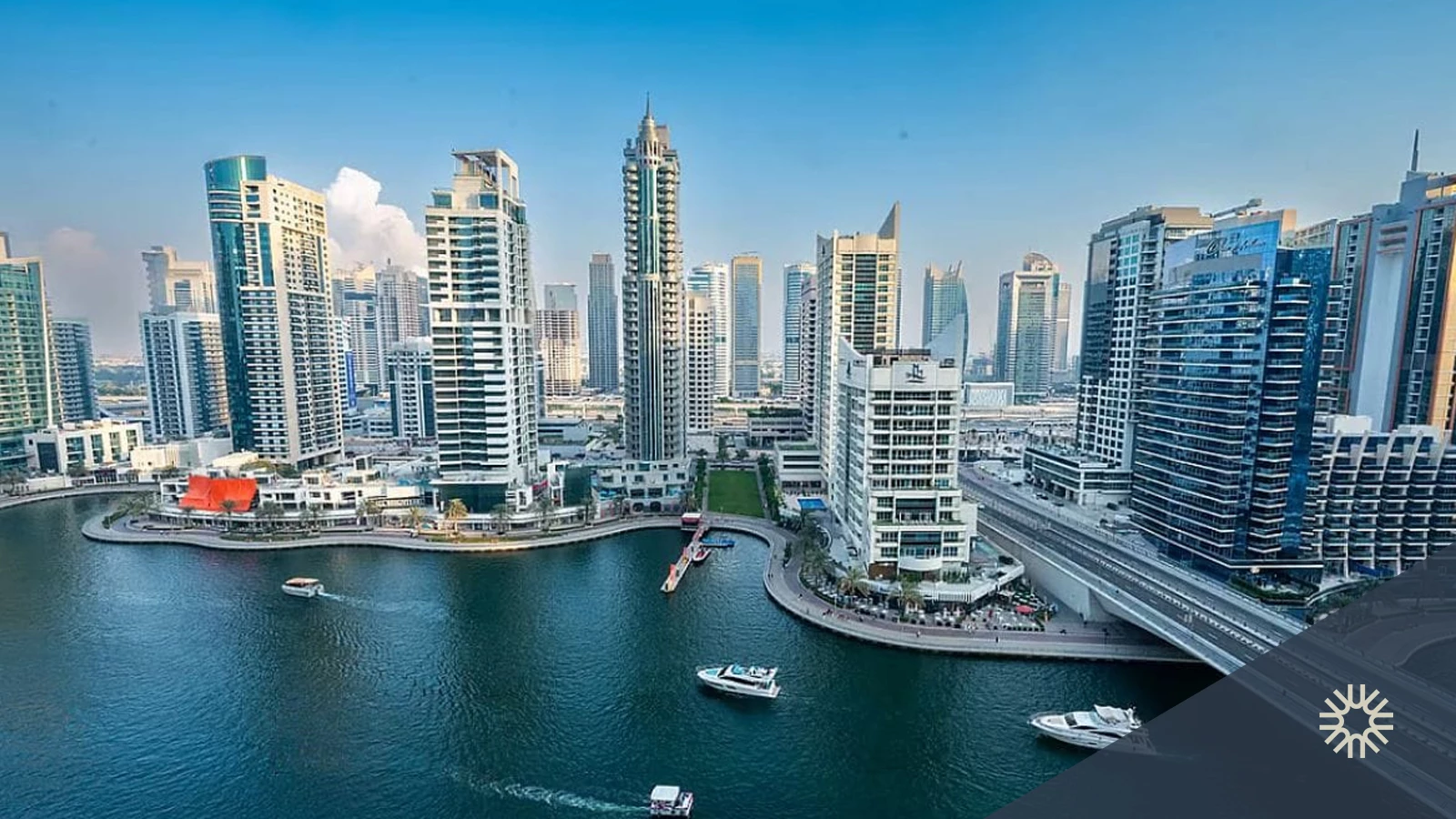The Dubai-Abu Dhabi Property Corridor: Is a Mega Regional Market Emerging?
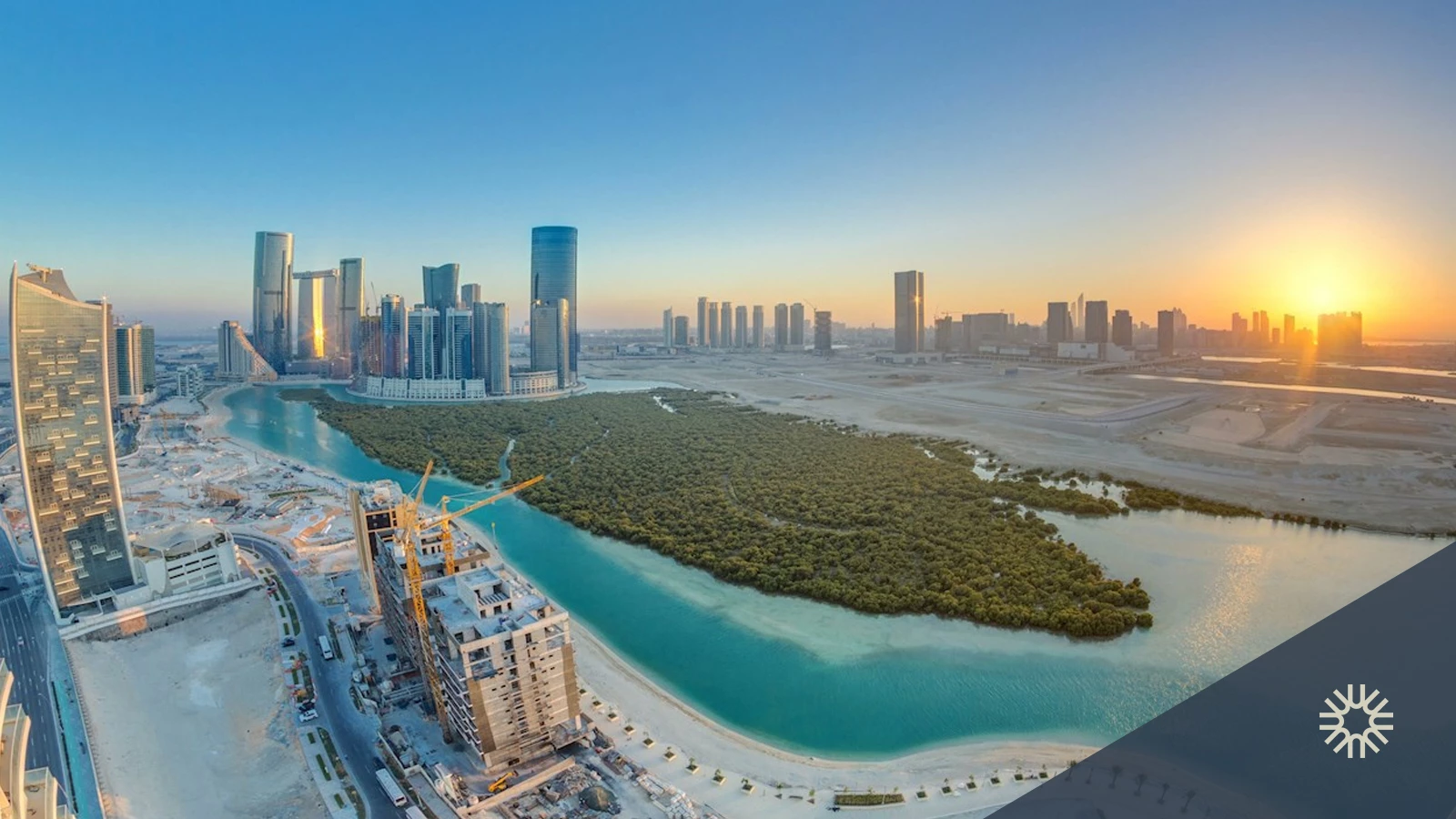
In the heart of the UAE, a silent transformation is underway, one that’s reshaping the real estate narrative between its two most powerful cities. The concept of a “Dubai-Abu Dhabi Property Corridor” is gaining traction, sparking new conversations about connectivity, value convergence, and regional investment momentum.
As infrastructure expands and policies harmonize, a more unified property market seems not only possible but inevitable. But is this really the rise of a mega regional market, or simply a convenient overlap of two separate giants?
Bridging the Gap: A Shift in Geographic Thinking
Historically, Dubai and Abu Dhabi have operated in parallel real estate realms distinct, autonomous, and competitive. Dubai has long positioned itself as the epicenter of innovation, tourism, and international investment, while Abu Dhabi's approach leans into measured growth, long-term stability, and cultural depth.
But in recent years, that boundary has started to blur. As transit infrastructure, highway systems, and commuter dynamics evolve, developers and investors are beginning to view the area between these two powerhouses as a connected growth zone rather than a geographic divider.
This shift isn’t just physical, it's mental. Buyers now evaluate property in terms of accessibility and lifestyle flexibility, not just urban centrality. A villa in Ghantoot, for instance, might now appeal as much to a Dubai tech executive as it does to an Abu Dhabi government official.
Infrastructure: The Foundation of Regional Integration
No corridor forms without a foundation and infrastructure is laying the groundwork. Projects enhancing the E11 highway, upcoming rail initiatives, and intelligent zoning along the coastal strip are streamlining movement between the two cities. Suddenly, what was once a 90-minute separation is increasingly seen as a seamless flow.
Developers are responding in kind. Communities are emerging in locations once seen as “too far out,” but now offer an ideal midpoint balancing affordability, accessibility, and lifestyle. These developments aren’t just logistical, they're lifestyle-oriented, boasting amenities that reflect the rising standards of both cities.
This corridor mindset is setting the stage for a new kind of buyer: one who wants Dubai’s energy and Abu Dhabi’s stability without compromising on commute or cost.
Lifestyle Integration: A New Buyer Psychology
A growing number of residents are living in one emirate and working in the other. This isn't just a commuter trend, it's a lifestyle evolution. With remote work, flexible schedules, and cross-emirate employment on the rise, the psychological borders between Dubai and Abu Dhabi are softening.
That, in turn, is redefining property value. Investors are beginning to recognize untapped opportunities in this corridor, properties that may have once seemed peripheral but are now positioned as the future of convenience-based living.
For developers, this means tailoring offerings to a hybrid lifestyle. Gated family communities, smart apartment blocks, and mixed-use hubs are all being shaped with the needs of a mobile, ambitious, and discerning population in mind.
Policy Alignment: The Soft Infrastructure Behind Growth
Beneath the surface, subtle shifts in regulation and planning are further stitching this corridor together. While Dubai and Abu Dhabi maintain separate governance, there’s been a visible push toward complementary frameworks particularly in areas like residency, business ownership, and real estate transparency.
Unified standards on tenancy contracts, digital title systems, and off-plan registration procedures are making cross-emirate investments less intimidating for buyers and developers alike. This alignment isn't just bureaucratic, it's strategic.
It suggests a shared vision: two cities, one destination brand. And that creates fertile ground for large-scale institutional investment, cross-emirate development projects, and residential buyers looking to maximize value and lifestyle.
The Investor's View: Corridor Thinking in Action
From an investment standpoint, the corridor presents unique value dynamics. Properties in emerging zones between Dubai and Abu Dhabi offer comparatively lower entry points while tapping into rising demand from both ends.
For investors, this is an opportunity to anticipate the ripple effects of growth. As more infrastructure fills the gaps, these “middle markets” are likely to see appreciation both in capital value and rental potential.
In short, smart investors are thinking like urban planners. They’re following the roads, the rail lines, and the zoning changes. And increasingly, they’re seeing the space between Dubai and Abu Dhabi not as a void but as a vision.
Challenges to Watch: Unity Without Uniformity
Of course, the emergence of a mega regional market isn’t without challenges. Governance remains decentralized. Regulatory differences while narrowing still exist. And each city maintains its unique economic identity, which can make cross-emirate strategy complex.
There's also the question of market saturation. As development spreads, competition intensifies. The key will be differentiation: offering quality, lifestyle, and purpose not just price point.
Moreover, urban planning must be deliberate. Without careful coordination, there’s a risk of creating isolated projects rather than an integrated corridor. Developers who think long-term about mobility, sustainability, and community will stand out.
Is a Mega Regional Market Emerging?
In theory, yes. The foundation is forming physically, psychologically, and strategically. While Dubai and Abu Dhabi will always retain their individual appeal, the rise of a shared growth belt suggests something bigger is taking shape.
This isn't just about location anymore. It's about fluid living, intercity mobility, and blended lifestyles. The corridor represents a new era in UAE real estate, one driven by connection over competition.
For investors, developers, and homebuyers alike, the message is clear: the future of real estate in the UAE may not belong to one city but to the space between them
Conclusion: Why You Should Watch the Corridor Closely
As borders soften and visions align, the Dubai-Abu Dhabi Property Corridor is quickly becoming more than a theory it’s a strategy. Whether you're a first-time buyer, seasoned investor, or a developer scouting for the next hot zone, this corridor demands your attention.
Ready to explore how this trend fits into your investment strategy?
Visit our main blog page for deeper insights, expert opinions, and tailored advice on emerging real estate trends in the UAE.
Table Of Content
- Bridging the Gap: A Shift in Geographic Thinking
- Infrastructure: The Foundation of Regional Integration
- Lifestyle Integration: A New Buyer Psychology
- Policy Alignment: The Soft Infrastructure Behind Growth
- The Investor's View: Corridor Thinking in Action
- Challenges to Watch: Unity Without Uniformity
- Is a Mega Regional Market Emerging?
- Conclusion: Why You Should Watch the Corridor Closely
- Bridging the Gap: A Shift in Geographic Thinking
- Infrastructure: The Foundation of Regional Integration
- Lifestyle Integration: A New Buyer Psychology
- Policy Alignment: The Soft Infrastructure Behind Growth
- The Investor's View: Corridor Thinking in Action
- Challenges to Watch: Unity Without Uniformity
- Is a Mega Regional Market Emerging?
- Conclusion: Why You Should Watch the Corridor Closely
